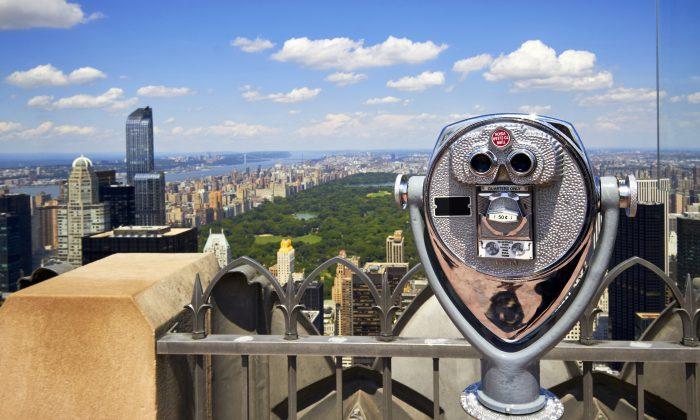I have been to Venice in the spring, summer, and fall, and on each occasion found the crowds to be crushing. Access to the famous sites, and even maneuvering through the narrow alleyways and tunnels, required waiting in long lines. This is certainly understandable as Venice is one of the most—if not the most—extraordinary city in the world.
November is traditionally a wet month and chances for heavy rain make visiting a city that is practically built on the water challenging. Still, I was willing to chance it. I purchased waterproof boots, packed a rain slicker, and booked a few days in Venice, hoping that during the off-season I'd be able to explore the city while having it all to myself.
Well, my optimism was greatly misplaced since Venice is amazing even when the weather is bad, and it was jammed with tourists!

I now accept the fact that La Bella Venezia does not have an off-season and regardless of the weather the crowds will come, dragging their suitcases over the bridges to reach their hotels, befuddled by the warren of alleyways, and clutching their maps in hope of finding Piazza San Marco before they get impossibly lost. Not that getting lost is bad since Venice is an open-air museum and even getting lost can lead to experiences that will be treasured for life.

Marco Polo’s family home, Corte del Milion—referring to his nickname of Marco Il Milione (meaning “of the million lies,” because his tales of the Orient were not believed)—can only be reached by walking through a “sotoportego,” a covered passageway that cuts through what would be the ground floor of a building.
Initially the palatial homes fronting the Grand Canal were next to one another and accessible only by boat. Each of the ornate buildings were self-contained with a rainwater cistern (there was no central water supply until 1884) and land for growing produce located behind each property.

But as the city grew, a way to transit it was needed and so alleyways and tunnels were cut between—and sometimes through—buildings and backyards. This is the reason connections between squares are so narrow and in some cases almost invisible until you are upon them.
Island of Burano
I passed residential areas where the number of locals is declining while the influx of tourists increases, and boarded the ferry at Fondamente Nuove for the half-hour ride to the lagoon island of Burano.
Burano was named for the Bora north wind that blows cold and dry from the Adriatic Sea. It was and still is a fishing village where the modest houses are brightly painted in every imaginable colour. The strangely tilting bell tower on the Church of San Martinon can be seen from a distance and served as a beacon to the returning fisherman.

During the 16th century, Burano women took up lace-making to while away their lonely days and to supplement their husbands’ meagre earnings. The delicate hand-made lace made on the island became coveted by both men and women throughout Europe to decorate their clothing and grace their homes.
The highly secretive techniques for the various patterns were closely guarded and women who were engaged in the craft were prohibited from leaving the island. Such strict rules were responsible for the industry dying out. In 1872, a lace-making school was begun by local nuns to teach island girls single stitches instead of patterns, making lace production a group effort. In this way, no one girl could jeopardize the industry by leaving the island.

Jewish Ghetto
Too soon it was time to return to Venice to catch the last tour of the Jewish Ghetto so I bade farewell to Burano and its kaleidoscope-coloured homes.
In 1516 a decree ordered that all the Jews in Venice be relocated to an island in the old foundry area; “geto” comes from the verb “to cast” or “found,” and so Venice had the world’s first so-called “ghetto.” Jews brought wealth and learning and were welcomed in Venice, but like every other non-Venetian community, were segregated.
The ghetto existed in a defined area with limited space, so the Jews were forced to build up instead of out, and the term “skyscrapers of Venice” refers to the seven- and eight-storey tenements that resulted. It wasn’t until 1797 when Napoleon occupied the city and opened the gates that segregation was ended.

Crossing the bridge out of the ghetto, as usual I took a wrong turn. It seemed I traversed Venice mostly walking in the wrong direction. It looked so simple on a map but Venice is a series of bits of land connected by bridges which all tend to look the same. Eventually, though, you return to where you began, so it’s all good.
Barbara Angelakis is a seasoned international traveller and award-winning writer based in the New York City area. To read more of her articles and adventures visit LuxuryWeb Magazine at www.luxuryweb.com






Friends Read Free